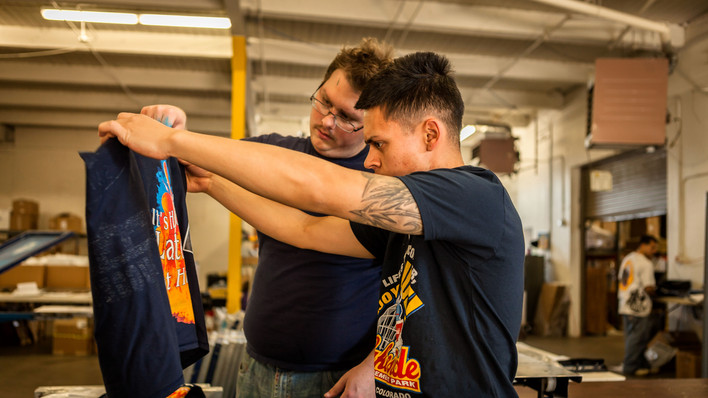Imagine designing a shirt and embedding smart sensors within the material itself. Retailers and designers could track any piece of inventory, from the manufacturing center to the retail floor. When the shirt is purchased, consumers could consent to provide information about how they’re using the garment or download an app to access a media content experience. Here’s a closer look at how smart fabrics are changing the world of fashion.
Smart fabrics: enabling the next generation of fashion
According to Markets and Markets, the smart fabric market is expected to reach $4.73 billion by 2020. RFID and NFC wireless smart labels allow manufacturers, designers and companies partnering with retailers to embed information directly into garments. Smart labels can capture behavior data, carry safety or legislative-related information, or trigger content experiences via smartphones or tablets.
Fashion designers and clothing manufacturers are using a range of technologies to make this vision a reality. Some manufacturers create smart fabrics during the weaving process. Others print sensors onto fabrics for increased durability using metallic, dielectric and other types of ink. As the textile production process increasingly relies on printing, integrating smart tags into that process allows the design process to remain flexible, cost effective and responsive to market needs.
How do fashion designers use smart fabric?
Smart fabrics are used in a variety of ways. For example, sports clothing incorporates sensors to track activity and movement while eliminating the need for separate accessories. Sports jerseys have been created that include haptic feedback features. Did your favorite sports team just score a goal? Smart fabric can create a buzzing sensation that goes along with the palpable sense of excitement in the stadium.
Smart labels and smart fabric have changed the way designers think about fashion—and what wearer interactions look like with a brand. The data can be used by retailers, designers, and other vendors or partners in a number of ways:
- Inventory management: Smart fabrics enable retailers and designers to maintain end-to-end control over inventory. It’s easy to track each piece during manufacturing, when it leaves the store and every step in between.
- Customer data collection: When customers opt in, smart fabrics can easily collect a wide range of information from location to frequency of wears.
- Deeper data gathering: Smart fabric can do more than just collect basic data. It can gather and relay health information to an app, for example. Building trackability into the clothing experience helps fashion designers take engagement with wearers to the next level.
- Triggering rich content experiences: Sensors can also be used to trigger different customer experiences. For example, a sensor in a smart dress could set off a light and sound experience at a club or a custom app-based experience when it’s in range of nearby beacons.
- Custom collections: Printing smart tags as part of the fabric design process introduces a whole new level of customization. Smart clothing products don’t have to be mass produced; they can be individually created from both a design and experience perspective.
Clearly, innovative digital printing techniques and technology are transforming the way designers approach fashion. Today’s designers are leveraging fabric printing to develop custom short-run collections, allowing them to get ideas to market quickly and keep costs down when experimenting with new ideas.
Printing may also be the key to easily integrated smart-fabric products. From smart sports shirts that eliminate the need for a separate fitness tracker to seamless customer data collection, printed smart tags are helping designers and retailers deliver stronger fashion products than ever before.
Explore all of Epson’s printer solutions for label printing and beyond.
![]()



